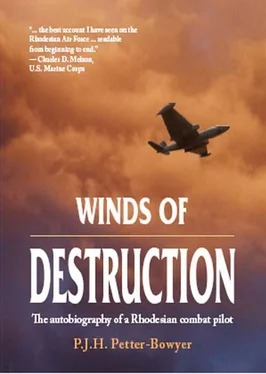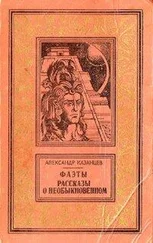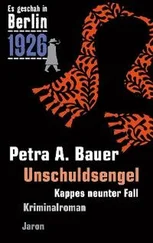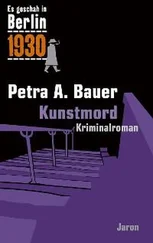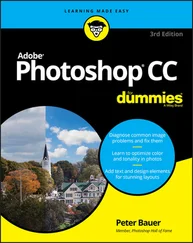Peter Petter-Bowyer - Winds of Destruction
Здесь есть возможность читать онлайн «Peter Petter-Bowyer - Winds of Destruction» весь текст электронной книги совершенно бесплатно (целиком полную версию без сокращений). В некоторых случаях можно слушать аудио, скачать через торрент в формате fb2 и присутствует краткое содержание. Город: Solihull, Pinetown, Год выпуска: 2012, ISBN: 2012, Издательство: Helion & Company, 30° South Publishers, Жанр: Биографии и Мемуары, на английском языке. Описание произведения, (предисловие) а так же отзывы посетителей доступны на портале библиотеки ЛибКат.
- Название:Winds of Destruction
- Автор:
- Издательство:Helion & Company, 30° South Publishers
- Жанр:
- Год:2012
- Город:Solihull, Pinetown
- ISBN:9781908916754
- Рейтинг книги:5 / 5. Голосов: 1
-
Избранное:Добавить в избранное
- Отзывы:
-
Ваша оценка:
- 100
- 1
- 2
- 3
- 4
- 5
Winds of Destruction: краткое содержание, описание и аннотация
Предлагаем к чтению аннотацию, описание, краткое содержание или предисловие (зависит от того, что написал сам автор книги «Winds of Destruction»). Если вы не нашли необходимую информацию о книге — напишите в комментариях, мы постараемся отыскать её.
Winds of Destruction — читать онлайн бесплатно полную книгу (весь текст) целиком
Ниже представлен текст книги, разбитый по страницам. Система сохранения места последней прочитанной страницы, позволяет с удобством читать онлайн бесплатно книгу «Winds of Destruction», без необходимости каждый раз заново искать на чём Вы остановились. Поставьте закладку, и сможете в любой момент перейти на страницу, на которой закончили чтение.
Интервал:
Закладка:
No attempt was made to prevent ZIPRA breaking out to the south because the whole aim of the operation was to drive ZIPRA from its base and, hopefully, to force the abandonment of heavy equipment. In the event, the RLI force on the eastern ridge only reached the centre of the feature at its highest point when it was stopped dead in its tracks. Troops became pinned down by accurate fire from both their own ridge and from the western ridge. Before long, the western assault force was also bogged down through intense fire from both ridges.
The distance between the two assault forces was almost two kilometres but the enemy gun positions responsible for holding them up were less than 200 metres from each force. In consequence the use of Golf bombs was impossible, yet only Golf bombs would have been effective against the entrenched enemy who had good overhead protection.
The Rhodesians were at a distinct disadvantage. They were exposed and only had light infantry weapons, whereas ZIPRA were dug in with vastly superior heavy weapons. It was just like Mapai all over again, and a situation of stalemate existed. Yet, even though the Rhodesians were out-gunned and could not move forward, ZIPRA preferred to remain in their defensive positions, fearing to expose themselves to the jet-strikes we could not have made so close to our own forces.
Attempts to outflank enemy gun positions on the eastern ridge resulted in a number of RLI soldiers being wounded. On the western ridge, an RLI trooper had been killed. Hunters, limited to 30mm cannons and 68mm Matra rockets, were employed on numerous occasions, but no strike was really successful. ZIPRA simply dived under cover when a Hunter turned in, accepted the explosions above them and immediately emerged to continue firing at anything that moved. By sunset nothing seemed to have been achieved and the RLI was ordered to make a tactical withdrawal, under cover of darkness, to regroup.
When Garth Barrett took command that evening, nothing suggested that ZIPRA had been rattled. Everything pointed to the Rhodesians having to reorganise, bring in extra troops with heavier weapons and make another push next day. Garth realised that, even though ZIPRA seemed too strong to even consider moving out, he should position a force for this eventuality and ordered the positioning of ambushes on the vehicle track south of the base.
Between nightfall and midnight the area was quiet, but then ZIPRA unleashed a full-scale mortar bombardment on likely Rhodesian positions and even fired two 122mm rockets to add to the noise and excitement. At the time the Rhodesians had no idea that this was a cover-up to an orderly withdrawal of the entire ZIPRA force. During its move southwards, the enemy force was allowed free passage by one of the RLI’s southern ambushes because the unit commander realised his force of twenty men was too weak to take on nearly 200 closely grouped ZIPRA. For this he was strongly criticised!
After the war I learned from ZIPRA that the reason for the withdrawal was that their positions had become known to the Air Force and that the Rhodesian ground forces were known to have moved some distance away. This being so, the ZIPRA commander felt certain all his positions would be annihilated by the Air Force the next day using their ‘silent bombs’. This was the name given to Golf bombs because men who had been just beyond their lethal range claimed they had not heard the bombs go off. They had only experienced high over-pressure and suffered temporary deafness.
Follow-up operations got under way at first light, but only limited kills were scored against the ZIPRA force, which had taken the precaution of splitting into small groups. Nevertheless the aim of driving ZIPRA from its base had been achieved.

Operation Dice

LANCASTER HOUSE TALKS HAD BEEN on the go for six weeks when Op Tepid wrapped up, and General Peter Walls had been called to London. Before his departure, the general listened to his COMOPS planning team’s ideas on how best to counter a ZIPRA invasion. We specifically argued against ambush and harassment tasks in Zambia because this would have limited effect in stemming any large-scale flow and would almost certainly lead to clashes with Zambian forces. Yet to await ZIPRA’s move and deal with each crossing-point on the Zambezi River, from Rhodesian soil, was obviously ridiculous. Not only would ZIPRA make its crossings at night to minimise interference from the Rhodesian Air Force, their powerful Soviet-supplied equipment would easily drive off any protection force during the critical stages of establishing a bridgehead on Rhodesian soil. Thereafter we would be forced to destroy some of our own bridges to hold up the enemy for Air Force attention in daylight.
Only the destruction of Zambia’s road bridges and culverts on all routes to our border made sense because this would prevent any large-scale movement. Our plans to cut the Great East Road from Lusaka to Malawi, the southern route from Lusaka to Chirundu, and the southwestern route from Lusaka to Livingstone were already complete.
General Walls needed no persuading. He realised only too well that Rhodesia’s David could only beat ZIPRA’s Goliath in this way. However, he was at pains to make us understand that the destruction of a Commonwealth member’s bridges would wreck any hope of the British Government showing any sympathy to the Muzorewa Government’s cause.
Whilst, from his understanding of the goings-on at Lancaster House, he doubted that any such empathy existed, we could not rock the boat just yet. General Walls said he would be in a better position to judge all issues once he got to London. In the meanwhile the SAS, Selous Scouts and RLI were to get on with the job of harassing ZIPRA movements. In consequence, Operation Dice started out with ambushing tasks to make access to Victoria Falls, Kariba and Chirundu difficult.
Masses of bridge demolition gear prepared for Op Manacle in Mozambique lay begging to be used when it was all too obvious to the frustrated SAS that only the destruction of bridges could meet our Zambian objectives. So, even though they had been told Op Dice only called for harassing work, SAS moved all the demolition gear to Kariba; just in case. It is just as well these explosives were immediately available. Without any forewarning during the night of 15 November, a signal from General Walls to COMOPS ordered the immediate implementation of our plans to destroy Zambian bridges.
Ian Smith had returned home from the Lancaster House talks on 11 November. On his arrival at the airport he told reporters that the British had manoeuvred the Muzorewa Government into accepting a bad agreement. He said there was now no alternative but to make the best of a bad deal. Without actually saying so, he implied (in my mind) that the British Conservative chairman of the conference, that poisonous snake Lord Carrington, had deliberately set the stage for a communist party take-over.
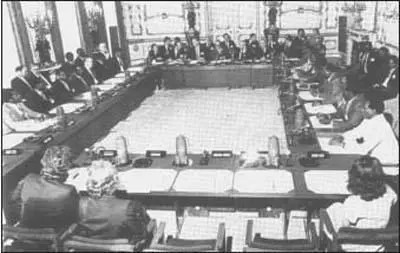
Thirteen times Rhodesians had celebrated Rhodesia’s Independence Day on 11 November but this was now a thing of the past—there was no longer anything to celebrate. This is why, even if General Wall’s ‘green light’ on the bridges seemed at odds with what Ian Smith had said four days earlier, we were delighted that Rhodesians were not going to take things lying down.
Читать дальшеИнтервал:
Закладка:
Похожие книги на «Winds of Destruction»
Представляем Вашему вниманию похожие книги на «Winds of Destruction» списком для выбора. Мы отобрали схожую по названию и смыслу литературу в надежде предоставить читателям больше вариантов отыскать новые, интересные, ещё непрочитанные произведения.
Обсуждение, отзывы о книге «Winds of Destruction» и просто собственные мнения читателей. Оставьте ваши комментарии, напишите, что Вы думаете о произведении, его смысле или главных героях. Укажите что конкретно понравилось, а что нет, и почему Вы так считаете.
